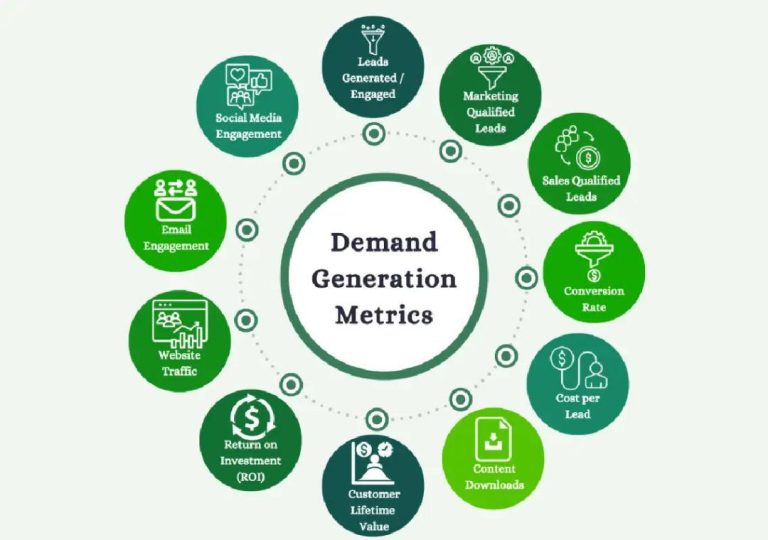
Is Your Campaign Data Working Against You?
In today’s fast-paced digital landscape, marketing campaigns are more complex than ever. With multiple channels, platforms, and touchpoints, it’s easy to get lost in a sea of data. Traditional campaigns often struggle with scattered data and delayed insights, making it challenging to make informed decisions in real-time. However, AI is changing the game by unifying data from ads, web, and email, and providing instant insights to drive real-time performance improvements.
The Challenges of Traditional Campaigns
Traditional marketing campaigns often rely on siloed data and manual analysis, which can lead to delayed insights and inefficient decision-making. Here are a few common challenges:
- Data Silos: Marketing teams often work in isolation, with data from different channels and platforms stored in separate silos. This makes it difficult to get a comprehensive view of campaign performance.
- Manual Analysis: Marketers spend hours analyzing data, looking for patterns and trends. This process is time-consuming and prone to human error.
- Delayed Insights: By the time insights are gathered and analyzed, the opportunity to make changes may have passed.
- Lack of Context: Without a unified view of customer behavior, marketers may struggle to understand how different channels and touchpoints are impacting overall campaign performance.
The Power of AI in Campaign Data
AI-powered marketing solutions can help overcome these challenges by providing a unified view of campaign data, instant insights, and real-time recommendations. Here are a few ways AI can benefit your campaign:
- Unified Data: AI can integrate data from ads, web, and email, providing a single, comprehensive view of customer behavior.
- Instant Insights: AI-powered algorithms can analyze vast amounts of data in real-time, identifying patterns and trends that may go unnoticed by human analysts.
- Real-Time Recommendations: AI can provide actionable recommendations based on campaign performance, allowing marketers to make data-driven decisions in real-time.
- Anomaly Detection: AI can detect unusual patterns in customer behavior, flagging potential issues before they become major problems.
Real-World Examples of AI in Campaign Data
Several companies have already seen significant benefits from using AI in their campaigns. For example:
- E-commerce Company: A fashion e-commerce company used AI to unify data from ads, email, and web behavior. The result was a 25% increase in conversions and a 15% reduction in customer acquisition costs.
- Financial Services Company: A financial services company used AI to analyze customer behavior and identify high-value prospects. The result was a 30% increase in sales and a 20% reduction in customer churn.
How to Get Started with AI in Campaign Data
If you’re interested in leveraging AI to improve your campaign performance, here are a few steps to get started:
- Identify Your Goals: Determine what you want to achieve with AI-powered marketing. Do you want to increase conversions, reduce customer acquisition costs, or improve customer engagement?
- Choose the Right Tools: Select an AI-powered marketing solution that integrates with your existing tools and platforms.
- Unify Your Data: Ensure that your data is unified and accessible across all channels and platforms.
- Monitor and Optimize: Continuously monitor campaign performance and make data-driven decisions to optimize and improve results.
Conclusion
In conclusion, traditional campaigns often struggle with scattered data and delayed insights, making it challenging to make informed decisions in real-time. However, AI-powered marketing solutions can unify data from ads, web, and email, providing instant insights and real-time recommendations to drive real-time performance improvements. By leveraging AI in your campaigns, you can gain a competitive edge, improve customer engagement, and drive business growth.
Source:
https://www.growthjockey.com/blogs/ai-marketing-for-campaign-efficiency






